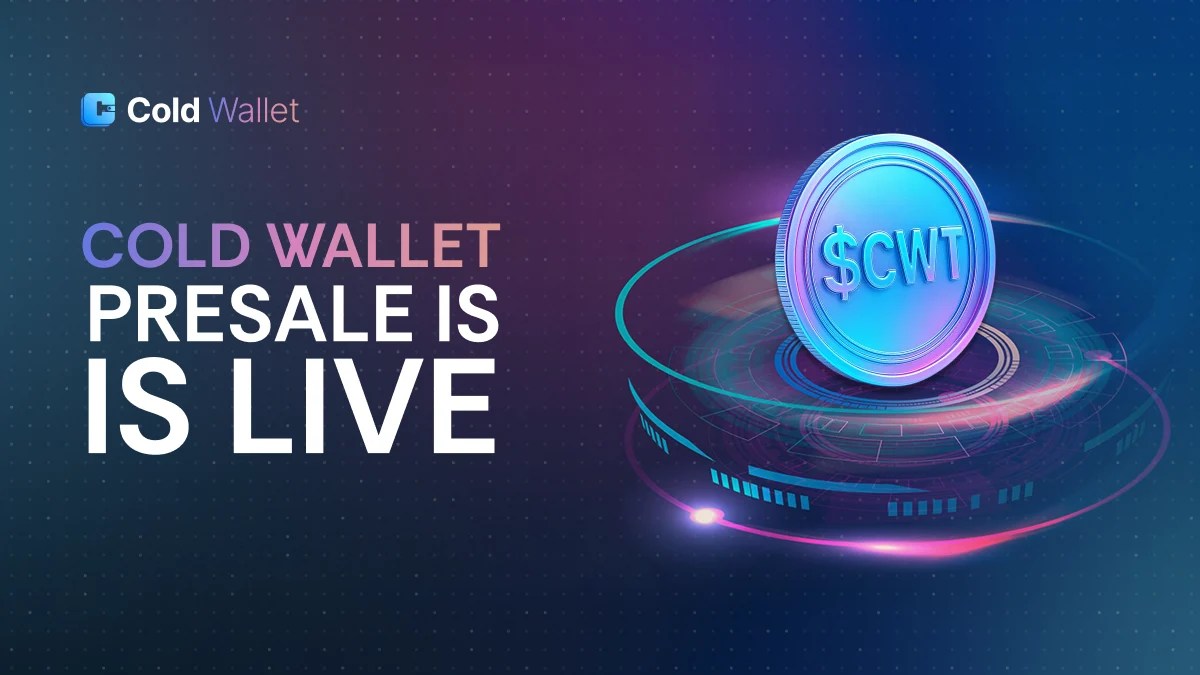Pi Network Updates Node to Version 0.5.4 for Improved Mining and User Interface
TLDR
- Pi Node update 0.5.4 improves stability and resolves issues with mining rewards.
- Pi Desktop now offers easier access to Pi App Studio for dApp development.
- New Pi Node update refines security in bonus calculations and open-port process.
- Pi Desktop rebranding reflects its multifunctional role in the Pi ecosystem.
Pi Network has released a major update, version 0.5.4, for its Pi Node software, now rebranded as Pi Desktop. This update brings several improvements aimed at boosting system stability, refining user interface features, and enhancing the overall performance of the Pi ecosystem. With better reliability in mining rewards, easier app access, and a streamlined desktop experience, Pi Network continues its journey toward a more robust decentralized platform.
Enhanced Stability and Bug Fixes
Pi Network’s version 0.5.4 update focuses heavily on improving the stability of the Pi Node software. A few notable bug fixes address previous issues related to mining rewards, automatic updates, and block container creation. These glitches, reported by community users, often impacted the performance and consistency of Node operations across different devices.
According to Pi Network, these fixes will help make the Node more reliable and efficient, especially for Pioneers managing multiple aspects of the Pi ecosystem simultaneously. One of the key updates is the refinement of the open-port verification process, which aims to enhance the accuracy and security of Node bonus calculations. This is a crucial step towards the eventual migration of mining rewards to the mainnet environment.
Improved User Interface and App Access
Another key feature of version 0.5.4 is the enhanced user interface. Pi Network has made several adjustments to the desktop application to improve user experience. Users can now access external links directly within the Pi Desktop, eliminating previous interruptions. These external links include important resources such as blog posts, documentation, and Pi App Studio information.
Additionally, Pi App Studio, a platform for developers to create decentralized applications (dApps), is now more accessible. It appears directly in the top navigation bar of Pi Desktop, allowing for smoother navigation between the mining app, Node operations, and app development. This update is particularly useful for developers, as it streamlines their workflow, making it easier to build and deploy dApps within the Pi ecosystem.
Pi Desktop: A New Hub for Pi Ecosystem Users
The rebranding of Pi Node to Pi Desktop reflects a shift in the role of the application within the Pi Network ecosystem. Originally designed as a mining tool, Pi Desktop now functions as a multifunctional hub for mining, Node operation, and decentralized application development. This change indicates Pi Network’s broader vision to build a unified platform for decentralized participation.
Beyond the immediate upgrades, Pi Desktop is also being integrated with ongoing ecosystem initiatives, such as OpenMind. This experimental program explores how Node operators can contribute to AI and computational tasks, which may lead to the decentralized training of AI models. The integration of these features could open new opportunities for Pi Network’s decentralized infrastructure.
Community Response and Ongoing Development
The release of Pi Node version 0.5.4 has generated mixed reactions from the Pi Network community. While many users have praised the update for addressing longstanding performance issues, others have raised concerns about the delay in Know Your Customer (KYC) processes, non-transferable balances, and the electricity costs of running Nodes. These ongoing challenges continue to be a point of frustration for some Pioneers.
Despite these mixed reactions, Pi Network remains focused on its long-term goals of building a decentralized, scalable digital economy. The release of Pi Desktop version 0.5.4 represents a significant step in the project’s development, aiming to create a more reliable, accessible platform for both miners and developers. As Pi Network continues to evolve, the development team appears committed to refining its ecosystem to support future growth.
The post Pi Network Updates Node to Version 0.5.4 for Improved Mining and User Interface appeared first on CoinCentral.
You May Also Like

How To Earn Crypto Cashback With Cold Wallet’s Every Transaction

Pepe Coin Price Prediction: JPMorgan’s $170K Bitcoin Forecast Started Crypto Rally, DeepSnitch AI, and DeAgentAI to 100x

